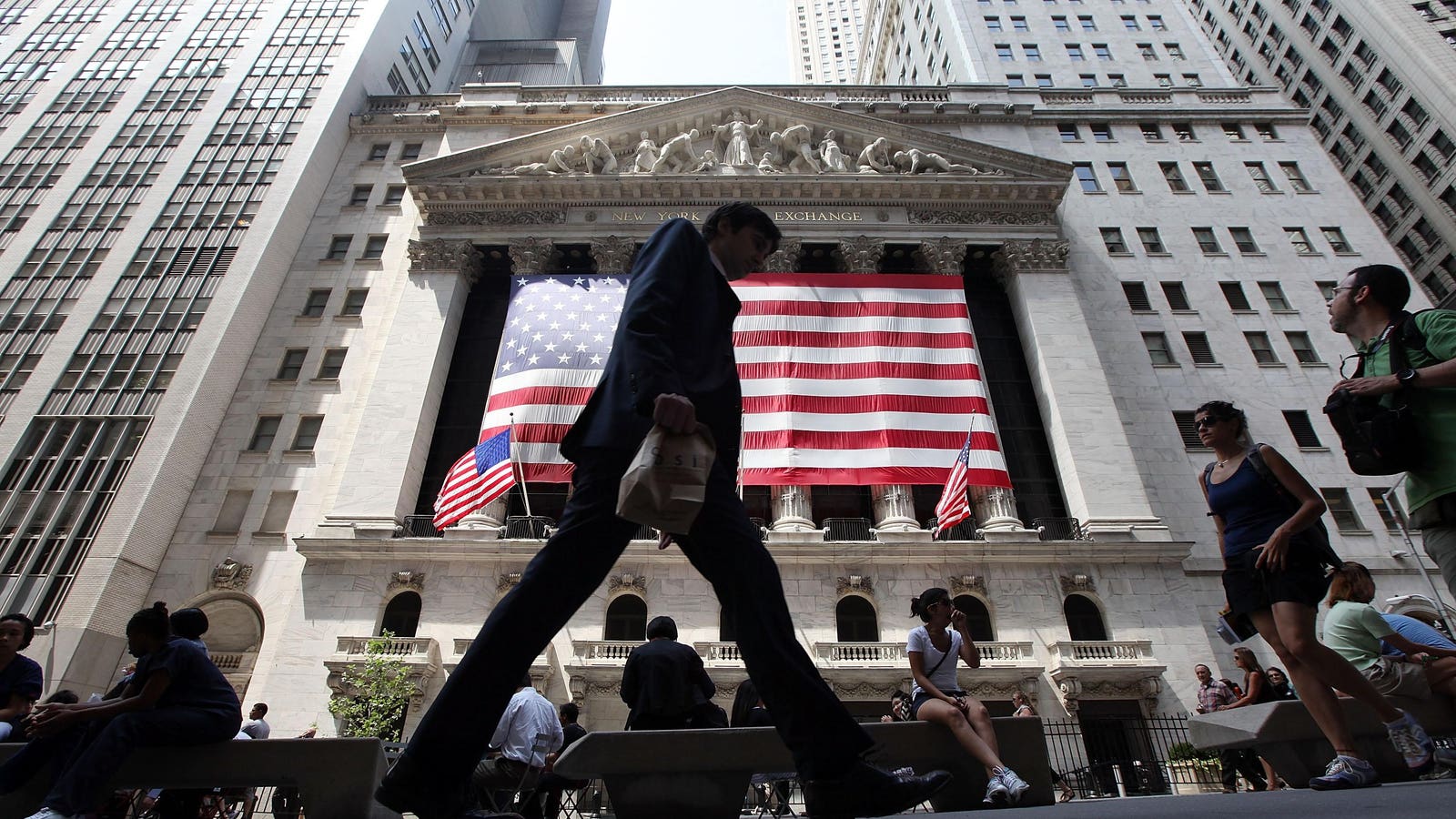Topline
Top strategists largely expect the stock market to continue rising but remain far below historic rates next year, according to several 2024 forecasts released this week, as stocks continue to recover from last year’s brutal losses but struggle to return to their mid-pandemic highs.
Key Facts
Goldman Sachs forecasts the S&P 500 to sit at 4,700 at the end of next year, strategists led by David Kostin said in a Wednesday note to clients, 4.4% above its current level of 4,503 and still below the benchmark index’s January 2022 all-time high of 4,797.
Goldman leads a growing consensus on Wall Street that stocks will build on their 2023 rally but fail to crack the elusive highs reached just before interest rates skyrocketed.
Morgan Stanley’s ever-cautious top U.S. strategist Michael Wilson set a 4,500 price target for the S&P at the end of 2024, implying no upside from today in his Monday note.
Wells Fargo Investment Institute and UBS Global Wealth Management are also in line with the fairly modest growth projections, as Wells Fargo has a 4,600 to 4,800 target (2.2% to 6.6% upside compared to now) and a 4,700 target for UBS (4.4% upside).
Though there’s still six weeks left in 2023, the 2.2% to 6.6% projected gains by the end of 2024 check in well below the S&P’s typical average annual return of about 10%, excluding dividends.
Largely driving the muted excitement is the belief that equity valuations have limited upside after the S&P’s 18% year-to-date rally despite flat corporate profits; Wilson explained the index is likely to grow into its historically inflated price-to-earnings ratio as interest rates “normalize.”
Surprising Fact
Goldman outlined several extreme, but plausible, 2024 scenarios where stocks could swing wildly. The bank said the S&P could rise as high as 5,000 if the Federal Reserve cuts rates earlier than expected (the market currently prices next May as the most likely time for this) or could fall to a two-year low of 3,700 if the economy does slip into a recession.
Key Background
The S&P, as well as the Dow Jones Industrial Average and tech-heavy Nasdaq, is fresh off its worst year since the peak of the Great Recession in 2008. The 2022 losses came as the Fed responded to record inflation and hiked the target federal funds rate up from near-zero, where it sat since early 2020, kicking off the most aggressive monetary policy campaign since the early 1980s. Rates have since settled at 5.25% to 5.5%, the highest level since 2001, though corporate earnings have proven more resilient than many feared at the beginning of the rate hiking cycle. Tightening campaigns typically precede recessions as higher borrowing costs cut into corporate profits and dampen consumer spending, but the U.S. economy has exhibited output growth and unemployment in line with historical levels throughout 2023.
Contra
Ed Yardeni of independent firm Yardeni Research forecasts the S&P to head to 5,400 by the end of 2024, 20% higher than its current price and some 13% above its prior all-time high. Last year’s brutal selloff was due to “widespread fears that soaring inflation would force the Fed to raise interest rates to levels that would cause a credit crunch and a recession,” Yardeni explained in a Monday note. But the economy has yet to show signs a recession will materialize and the S&P should continue on a path of strong gains should that continue, according to Yardeni.
Read the full article here












